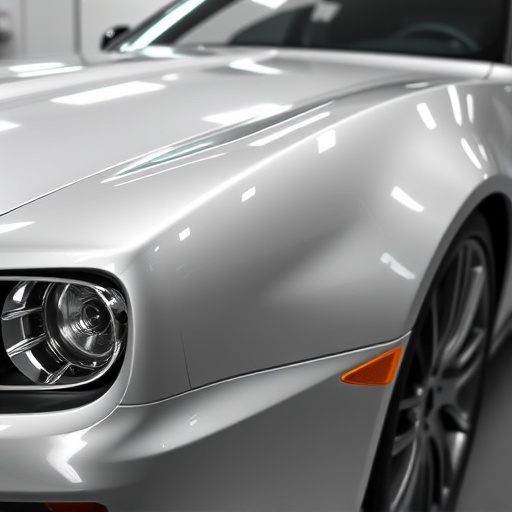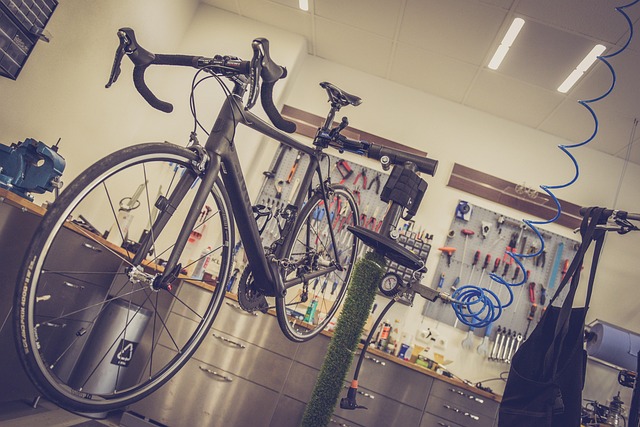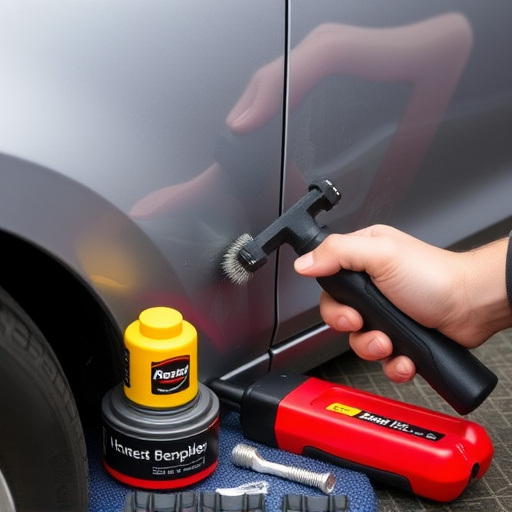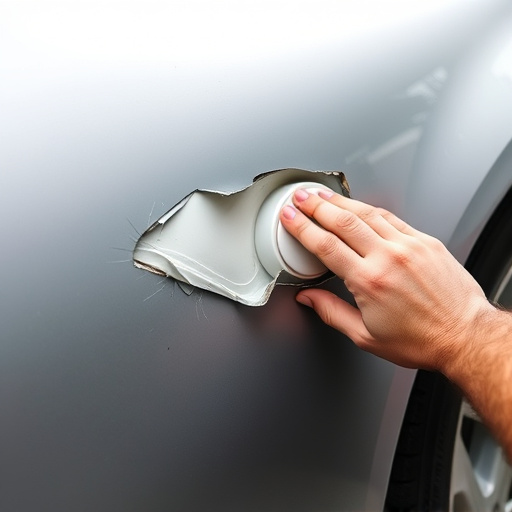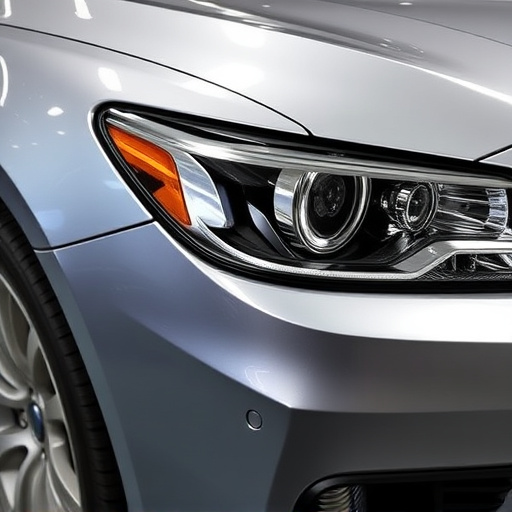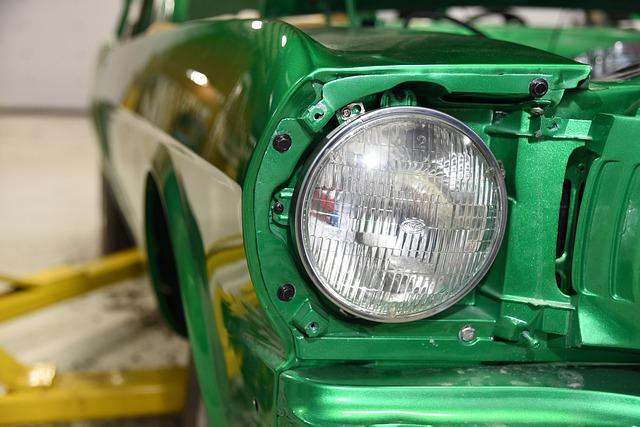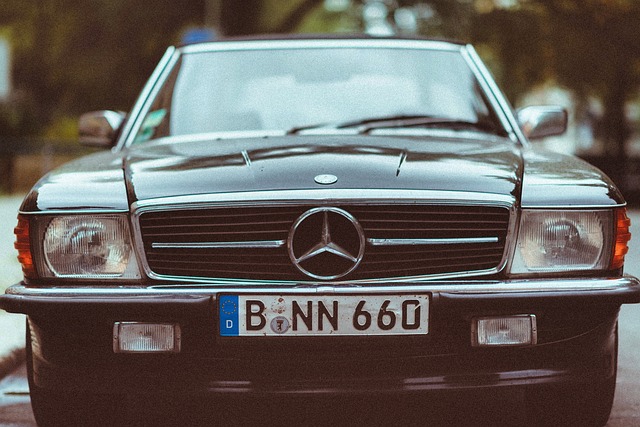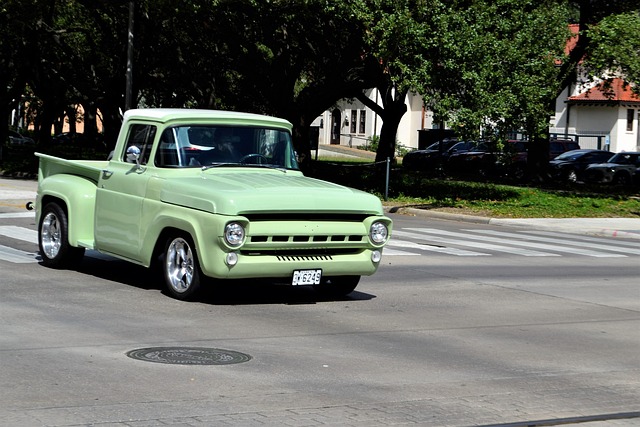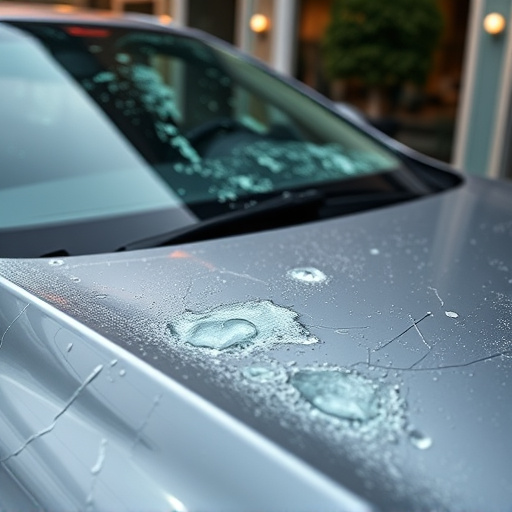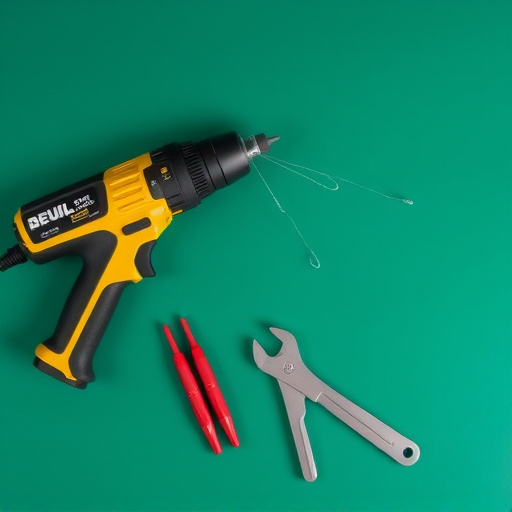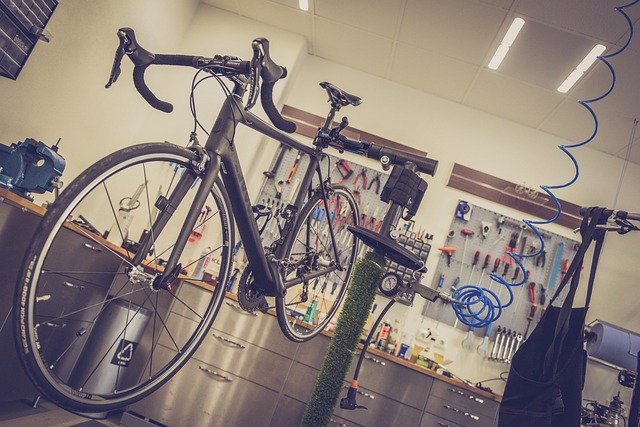After a collision, a thorough visual inspection is the first step in detailing a vehicle (detailing after collision). Document damage with photos, check functional issues, and assess both exterior and interior for dents and scratches. Prepare with safety gear, ventilation, and specialized cleaning agents. Professional detailers use advanced tools to remove scratches, dents, and imperfections, revitalizing the vehicle's aesthetic value and condition.
“After a collision, proper detailing is essential to restore your vehicle’s pre-accident condition. This step-by-step guide navigates you through the process, from assessing damage to the final touchups. Learn about preparation and safety measures to ensure optimal results. Discover how to identify and address each issue, ensuring your car not only looks good as new but also retains its value post-collision. Get ready to transform with detailing after collision.”
- Assessing the Damage: The Initial Step in Detailing After a Collision
- Preparation and Safety Measures Before Commencing Detailing
- The Detailing Process: Restoring Your Vehicle to Pre-Collision Condition
Assessing the Damage: The Initial Step in Detailing After a Collision

After a collision, the initial step in detailing the vehicle is to thoroughly assess the damage. This involves a visual inspection of the entire vehicle to identify any visible dents, scratches, cracked or chipped parts, and other signs of impact. Using a flashlight and magnifying glass can help uncover hidden damage that might be obscured by dirt or debris.
It’s crucial to document all observed damages with photos from multiple angles. This information will be invaluable when dealing with insurance claims and collision center personnel for vehicle collision repair and auto bodywork services. Additionally, checking for functional issues like malfunctioning lights, broken glass, or fluid leaks ensures that the vehicle is safe to drive and provides a comprehensive overview of the extent of the collision’s impact.
Preparation and Safety Measures Before Commencing Detailing
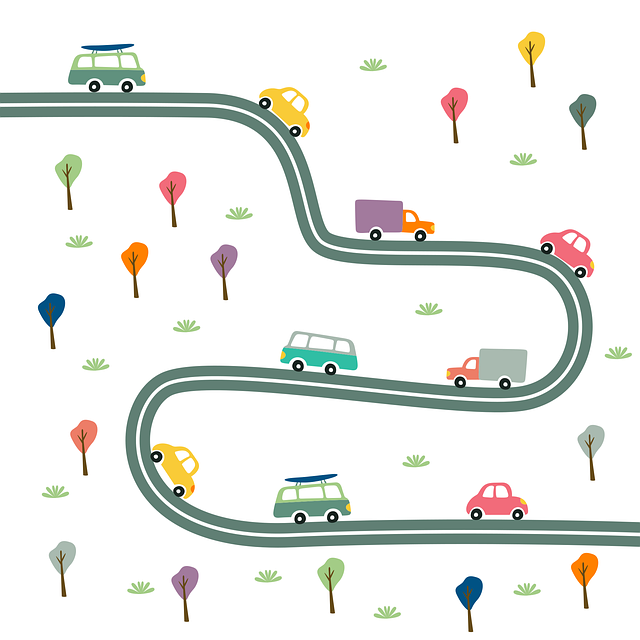
Before diving into the intricate process of detailing after a collision, it’s paramount to prepare and ensure safety measures are in place. The first step involves assessing the extent of damage to both the vehicle’s exterior and interior. This includes checking for dents, scratches, cracked or broken components, as well as any fluid leaks. Once a thorough inspection is conducted, gather all necessary tools and materials required for the detailing process, including specialized cleaning agents, polishes, brushes, and microfiber cloths. Ensure your work area is well-ventilated to avoid inhaling harmful chemicals.
Safety should always be a top priority. Put on protective gear such as gloves and safety goggles to shield yourself from debris and chemical substances. Additionally, make sure the vehicle is secured in a safe location, preferably on a lift or jack stands, to prevent any movement during the detailing process. By taking these precautions, you’ll be better equipped to handle the task at hand, ensuring both effective detailing after collision and your personal safety throughout.
The Detailing Process: Restoring Your Vehicle to Pre-Collision Condition
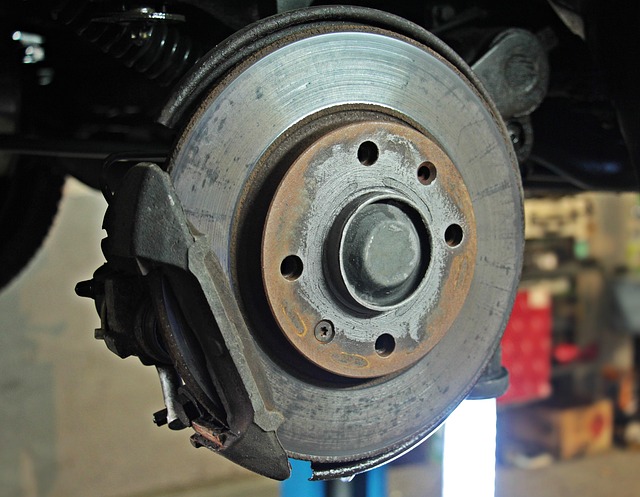
After a collision, your vehicle has likely sustained both visible and invisible damage. The detailing process is a crucial step in restoring your vehicle to its pre-collision condition. It involves a meticulous inspection and repair of every intricate detail, from the exterior paint to the interior components.
Professional detailers utilize advanced tools and techniques to remove scratches, dents, and paint imperfections, ensuring a seamless finish. They also deep clean and treat all surfaces, including dashboards, windows, and fabrics. By combining these methods with high-quality products and precision work, collision repair services can revive your vehicle, making it nearly impossible to distinguish from its pre-accident state. This meticulous attention to detail guarantees that not only is the damage repaired but also that your vehicle regains its aesthetic appeal and value.
After assessing the damage and taking necessary safety precautions, the detailing process becomes a journey of restoration. By meticulously following these steps, you can transform your vehicle from post-collision state to its pre-accident condition, ensuring it not only looks as good as new but also retains its value. Remember, proper detailing after a collision is about precision, patience, and paying attention to detail – the key to a successful and satisfying restoration.
